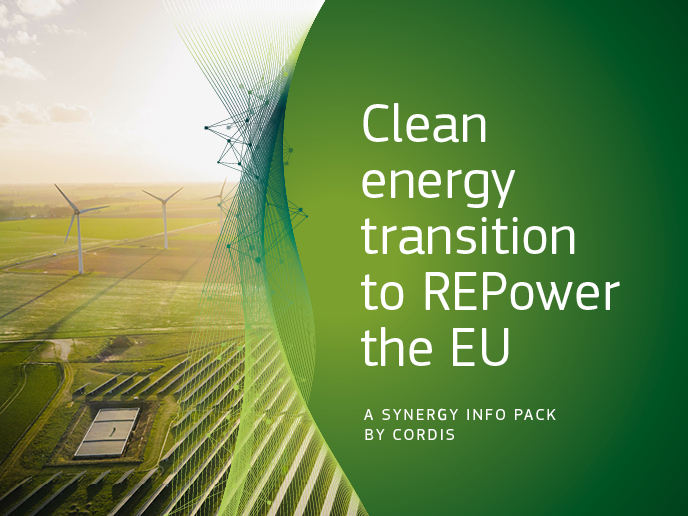Harnessing semi-artificial photosynthesis to create sustainable chemicals and fuels
Photosynthesis is an ancient energy-generating machine. For billions of years, plants have used sunlight, water and tiny concentrations of carbon dioxide from the atmosphere to create fuel in the form of sugars. Artificial photosynthesis uses the same principles but with man-made materials. Both processes have positives and limitations: natural systems are limited in their efficiency; synthetic ones in what they can produce – we are still far from creating sugars. Semi-artificial photosynthesis aims to take the best of both worlds. It uses enzymes from naturally occurring organisms such as bacteria and integrates them into synthetic systems as catalysts. This offers new strategies for developing highly efficient technologies able to convert solar energy into sustainable chemical fuels. “If we want to get to net zero by 2050, it’s not enough to produce a lot of renewable electricity. At some point, petrochemical plants and plastic factories also need to become sustainable,” explains Erwin Reisner, professor of Energy and Sustainability at the University of Cambridge(opens in new window) and MatEnSAP(opens in new window) project coordinator. “We want to help make the transition from a fossil-powered chemical industry to a solar-powered or at least green chemical industry,” he says. The MatEnSAP project was funded by the European Research Council(opens in new window) (ERC) and explored new biological catalysts to integrate into artificial photosynthesis, establishing the foundation for the field of semi-artificial photosynthesis.
Bacteria as catalysts
MatEnSAP tested a range of potential enzymes from biological organisms that could possibly boost artificial photosynthesis. Some of these enzymes could be shown to convert carbon dioxide into clean fuel with almost no energy loss – a feat currently not possible with synthetic catalysts. The team also worked on ways to characterise the organisms to find the most suitable ones. “All of them have very different properties,” notes Reisner. “It took us a couple of years to identify one that really works well in our systems.” The team then created a range of components to show the viability of semi-artificial photosynthesis, including electrochemical reactors, light absorbers and polymers.
Porous scaffolds
One key development in the project was the creation of ‘porous scaffolds’ made of metal oxides to house the enzymes. The size of the pores can be tweaked to fit the enzymes perfectly. They can be stacked on top of each other, and increase reactions within the system. Electrons generated by solar panels can be fed directly into the enzymes, thus powering fuel synthesis from carbon dioxide with sunlight. “All of this is facilitated by the scaffold, and we confirmed this with a range of different techniques, which we set up within the project,” says Reisner.
Looking to a sustainable chemical industry
The team explored the use of these organisms for other reactions, including waste upcycling. They are working to create sustainable chemicals from plastic waste, and are in the early stage of launching a start-up based on this process. The work of MatEnSAP will be continued through another ERC-funded project, SolReGen. MatEnSAP established semi-artificial photosynthesis as an emerging research field with technological relevance. This line of research is now growing, with many related research projects under way around the world, particularly in the field of solar fuels. “This is now a very quickly growing research field,” adds Reisner. “From an academic impact point of view, I think it certainly was very successful.”







